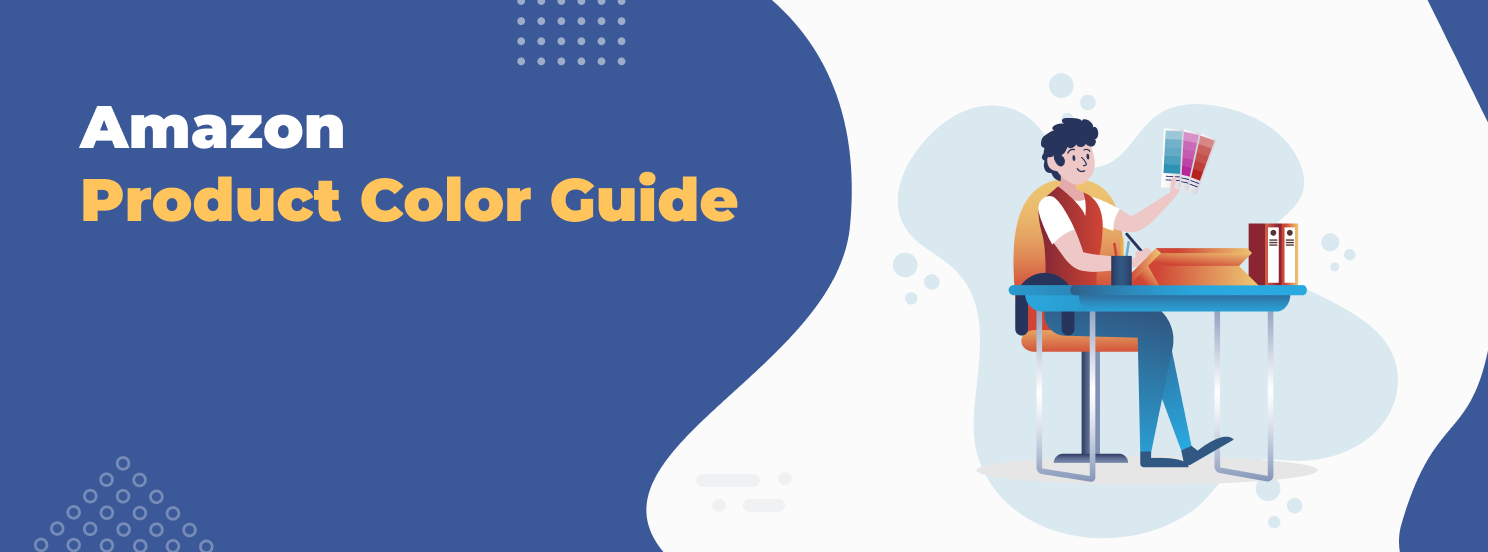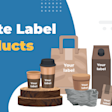
Amazon Product Color Guide: What Color Attracts Customers to Buy
When it comes to selling on Amazon, many factors contribute to the success of a product, including price, reviews, and product descriptions, just to name a few. However, one critical yet often overlooked aspect is color. The colors you choose for your product, as well as how those colors are presented in your photos and videos, can have a significant impact on your sales. Color psychology plays a powerful role in consumer behavior, shaping buyers’ perceptions, emotions, and ultimately, their purchasing decisions.
Many sellers wonder what color makes people want to buy, and the truth is that the answer depends on your audience, product type, and how the color is presented. In this article, we’ll explore how color impacts buyer behavior across different product categories and share strategies to help you choose colors that enhance your product’s appeal and boost sales.
Table of contents
How Does Color Psychology Affect Sales?
Color influences how customers perceive products and make purchasing decisions. Understanding what color attracts customers to buy can help you align your product design with their subconscious preferences and choose the most appealing shades for your niche.
Research shows that up to 90% of snap judgments about products are based on color alone, especially in the context of branding and product design. Bright and bold colors like red and yellow can evoke urgency and push shoppers to spend money quickly, making them effective for promotions and limited-time offers, while cooler tones like blue inspire trust and calmness, and are often associated with tech or financial products.
How North American Consumers Perceive Colors
Colors that tend to entice buyers in North America are different from those in India or China. Below you’ll see how North American online shoppers are influenced by various colors.
Colors and Types of Consumers
Knowing what color makes people want to buy in your niche can turn a casual browser into a paying customer.
Tailoring your product colors to appeal to the emotions and values of your target audience can make products more attractive and relatable. This psychological connection between color and perception is a powerful marketing tool for boosting online sales.
What Colors Attract People in Different Categories
Color trends have a significant impact on consumer preferences across various product categories on Amazon. For example, vibrant colors like red or yellow can grab attention for toys or sports equipment, while softer tones like pastel blues or earthy greens may resonate more with home décor buyers. Here's an overview of current color trends in specific categories:
Home Decor
In 2025, interior design trends are emphasizing warmer, earthy tones. Pantone's Color of the Year, Mocha Mousse is a warm brown shade that has shown a noticeable trend in driving sales growth for home décor items, according to AMZScout PRO AI. Products like throw blankets, decorative pillows, and dinnerware in this hue are increasingly popular for creating a cozy space and inviting ambiance. By the way, besides home decor, this color is also gaining popularity in both clothing and beauty products, particularly nail polish.
In the home décor niche, it's essential to create a sense of warmth and friendliness that welcomes customers. According to color psychology, warm, muted tones are ideal as they help people relax and feel comfortable. Incorporating these colors into your product offerings can enhance their appeal and resonate with buyers who are seeking both style and comfort.
Clothing and Accessories
Shopping for clothes online differs significantly from offline shopping when it comes to color. Offline, people tend to prefer to purchase clothing in more subdued or neutral tones, as these shades seem to feel more versatile and timeless when seen in person.
However, bright, vibrant colors tend to perform better online because they grab attention and stand out on digital displays, motivating impulsive purchases. Factors like lighting, background, and even screen settings can alter how a color appears, so using good high-quality images and videos that showcase colors accurately is essential for building trust and reducing returns.
So, when selling clothing and accessories, using bright and contrasting colors can draw attention to your products and motivate customers to make a purchase.
Your choice of color should align with the type of goods you sell. For instance, softer tones are ideal for summer women's clothing, while beachwear in brighter, eye-catching colors attracts more buyers. On the other hand, darker shades, including black, work well for more conservative or stylish outfits, emphasizing elegance and refinement. Tailoring your product's color palette to its purpose and audience can significantly enhance its appeal.
Baby Products
In the Baby Products category, pastel colors are especially popular, as they evoke a sense of calm and comfort. Shades like soft pink, baby blue, pale yellow, mint green, and light gray are often preferred by parents for items like crib bedding, nursery décor, and baby toys. These gentle tones not only create a soothing environment for babies, but also blend well with modern home aesthetics.
Functional designs combined with aesthetically pleasing pastel palettes, such as reversible play mats or soft activity centers, are particularly appealing to parents looking for products that are both practical and visually charming.
Electronics
In the realm of mobile devices, traditional colors like black, silver, and white continue to dominate the market due to their timeless appeal and versatility. However, manufacturers are increasingly experimenting with unique hues to cater to diverse consumer preferences.
Some brands do experiment with colors, as they introduce and integrate various colors into the design of their devices, smartphones, and other products.
In addition to mobile devices, the broader consumer electronics sector is witnessing a shift towards more expressive color choices. The adoption of vibrant colors like turquoise or red reflects a desire for self-expression and uniqueness. These bold hues stand out and capture attention, which makes products feel more distinctive and dynamic. Rather than sticking to traditional neutral tones, these colors celebrate individuality and make a strong statement, drawing consumers in with their energy and boldness.
Toys and Games
In the Toys and Games sector, vibrant and engaging colors continue to captivate children's attention. Bright hues like red, blue, and yellow are commonly used to stimulate and engage young minds.
Additionally, incorporating playful patterns and themes featuring animals, vehicles, or favorite characters also enhances a toy's appeal.
Sports and Outdoors
Bright and contrasting colors are very popular in the Sports and Outdoors category, particularly for outdoor gear. Natural tones such as vibrant greens, bold blues, and classic white, beige, grey and black work well because they evoke the beauty of the outdoors, inspiring motion and encouraging people to spend time outside. These colors are practical while representing activity and energy, making them perfect for items like camping equipment or hiking gear.
For sports products, the color palette shifts slightly to emphasize focus and ambition. Softer shades of blue and pink create a sense of concentration and calmness, ideal for fostering a mindset of perseverance and goal-setting.
Some of the most popular colors for sports duffel bags:
Green is a color strongly associated with health and vitality, making it another excellent choice for sports gear, as it reinforces themes of well-being and fitness. By carefully selecting colors that align with these psychological cues, sellers can enhance the appeal of their products and motivate customers to take action.
Understanding these color trends allows Amazon sellers to tailor their product offerings to meet consumer preferences, enhancing appeal and potentially boosting sales.
FAQs
What is color psychology?
Color psychology examines how different colors influence emotions, perceptions, and buying behavior, helping sellers choose shades that inspire trust, urgency, or connection with shoppers.
What colors are most effective in advertising?
In advertising, reds and yellows create urgency and excitement, blues convey trust and stability, and earthy or pastel tones evoke comfort—effectiveness depends on product type and audience.
How to use color psychology in selling?
Start by knowing your target audience, then choose colors that match their emotions and expectations. Use high-quality visuals to present shades consistently and strengthen brand appeal.
What colors attract buyers?
Bold reds and yellows grab attention for impulse buys, pastels soothe in baby products, earthy tones add warmth to home décor, and unique tech colors like turquoise make products stand out.
Conclusion
Color is far more than just a visual detail—it’s a strategic sales tool that can directly influence customer perception, emotions, and purchasing decisions. By understanding how different colors resonate with various audiences and product categories, Amazon sellers can make more informed choices about product design, imagery, and presentation.
Whether it’s using bold, high-contrast shades to capture attention, soft pastels to evoke calmness, or earthy tones to create a sense of comfort, aligning your color strategy with the psychology of colors can significantly increase engagement and conversions. In a competitive marketplace, mastering the art of choosing the best colors for your market can be the difference between blending in and standing out.

















